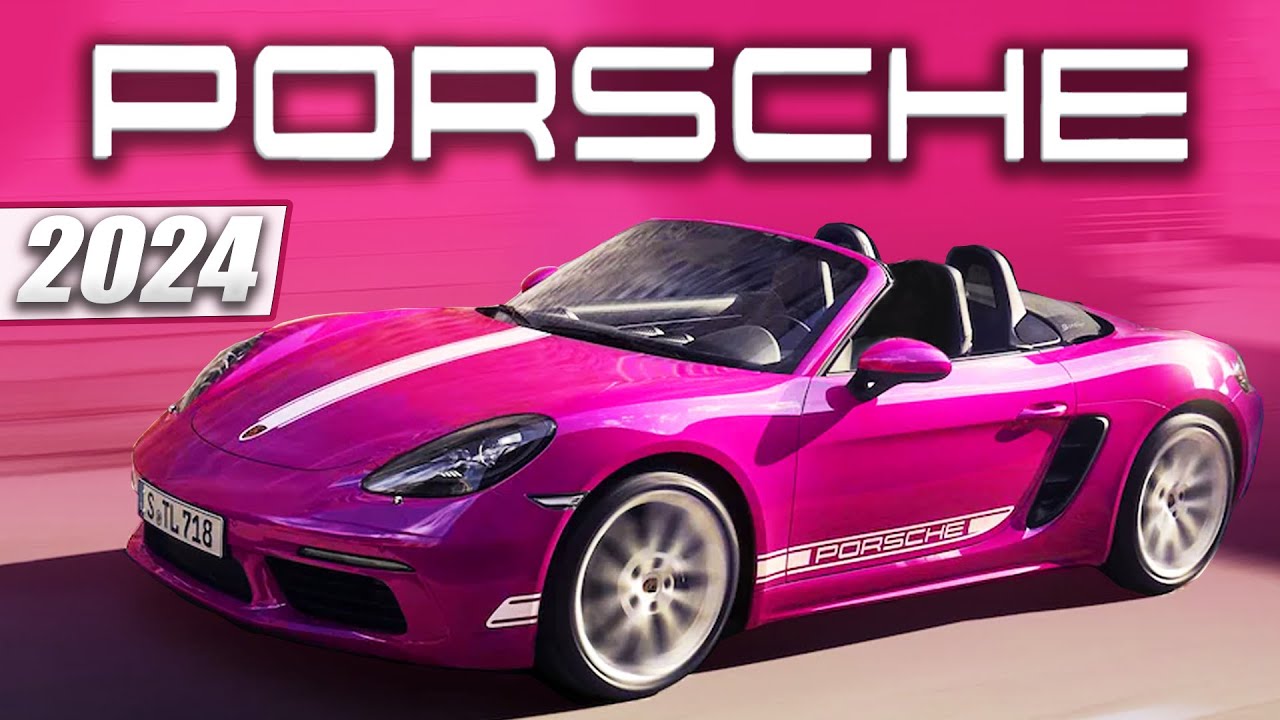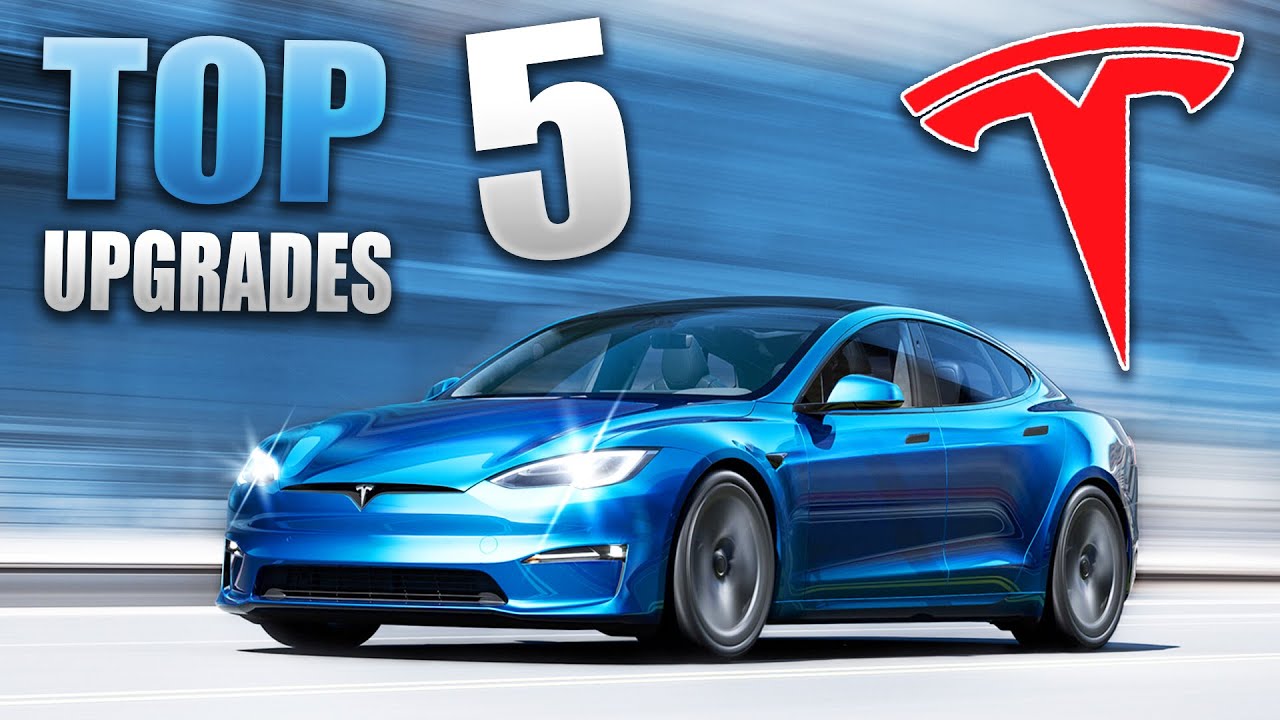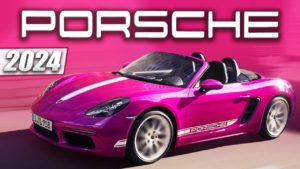What do a Ford Taurus and a Lexus LFA-One have in common? The radical difference between the two vehicles makes it hard to believe anything. But the Taurus SHO and the Lexus LFA-One both use an engine designed by the same manufacturer. This manufacturer has consistently pushed the boundaries of efficiency and performance in gasoline engines for decades. So, when we heard they were focusing on the electric market, we took notice. Can you guess who it is?
In addition to producing heart-pounding performance engines, this company has been synonymous with musical innovation, crafting beautiful instruments that have captivated musicians and audiences alike. Who are they?
Yamaha!
Yep, the same Yamaha that builds motorcycles, high-performance engines, musical instruments, and much more. Just about everything Yamaha does, focuses on pushing boundaries in those areas.
Now, Yamaha is again at the forefront of innovation as it moves into the world of electric motors. With a deep commitment to sustainability and a dedication to pushing the boundaries of what is possible, Yamaha’s electric vehicle motors are poised to revolutionize the automotive industry.
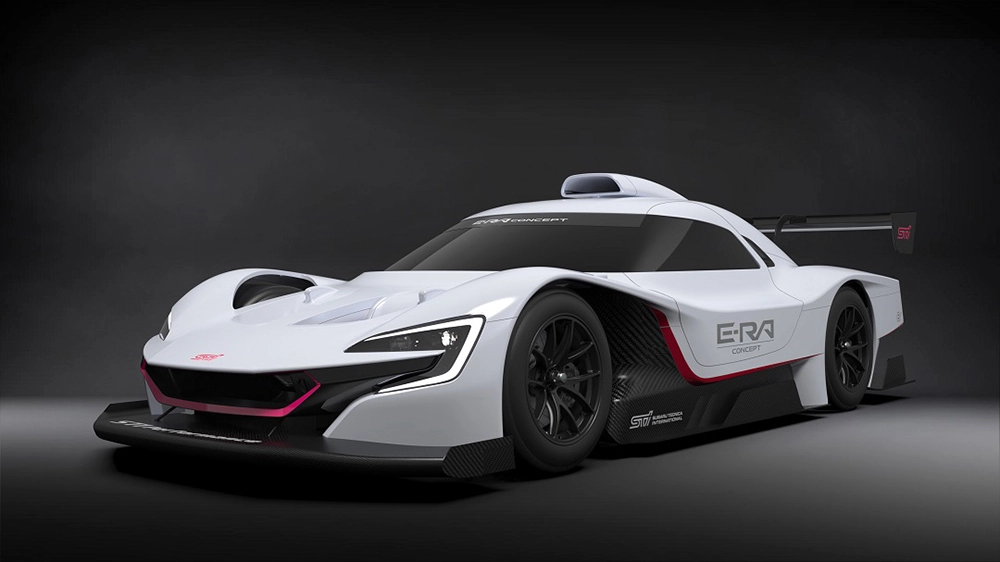
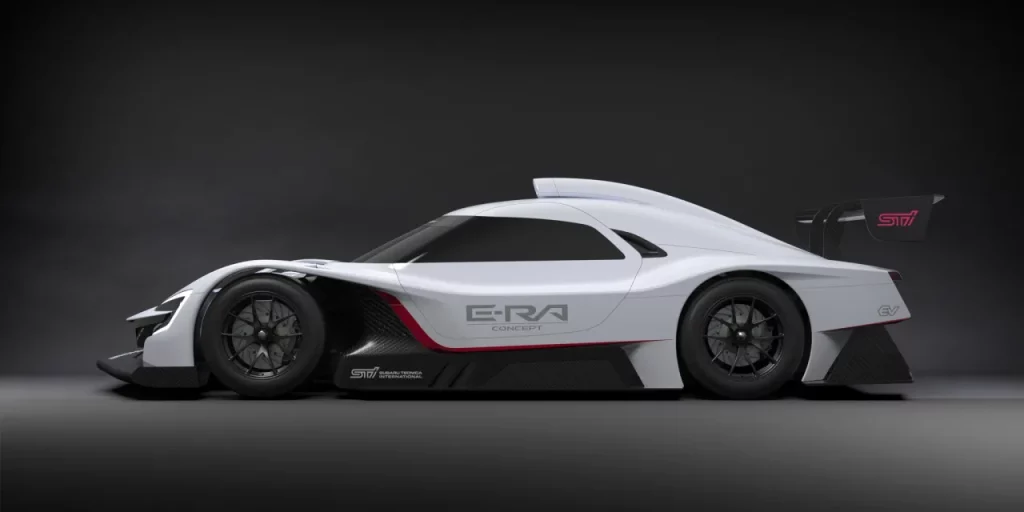
Recently, Subura surprised the automotive racing industry, revealing their STI E-RA CONCEPT! The E-RA stands for Electric Record Attempt. Subaru’s goal is to go around the Nurburgring in 400 seconds or 6 minutes 40 seconds. What does this have to do with Yamaha?
Well, the E-RA features 1088 horsepower provided by 4 Yamaha motors.
Yes, you heard us correctly. There are four motors, one for each wheel. A unique torque vectoring management system assists the driver during poor road conditions, added turn stability, and power regeneration.
This caught our attention and caused us to look more into Yamaha. This is a revolutionary vehicle. You don’t just wake up and create something like this. Where did this revolution start, and where is it going?
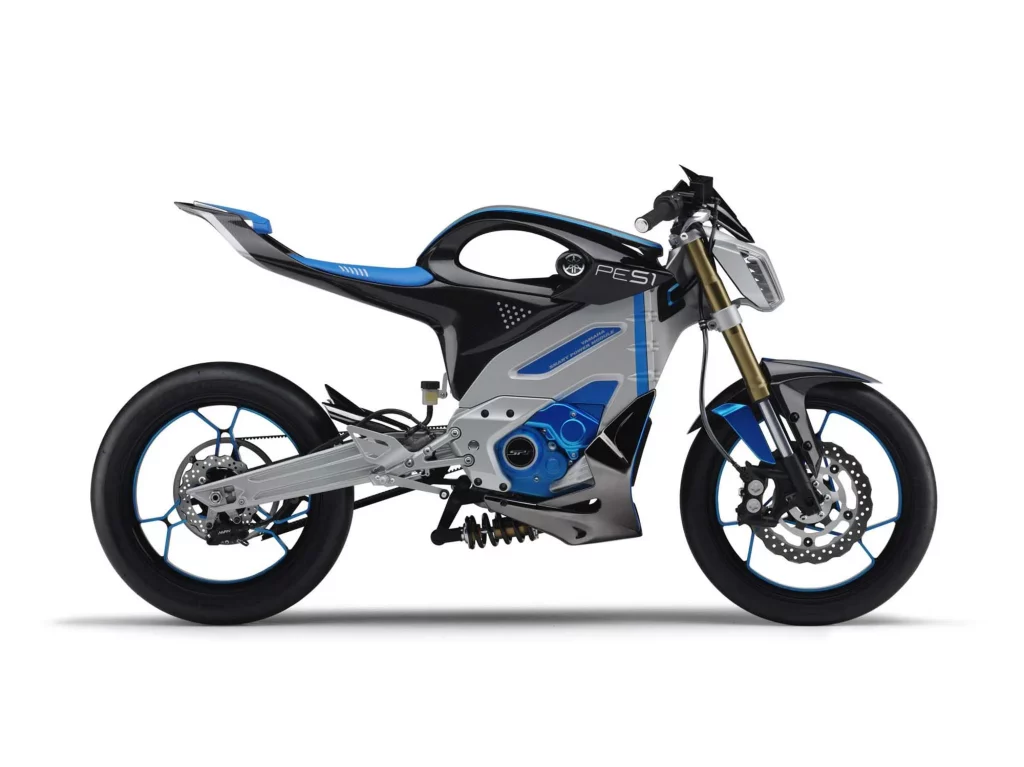
How does one go about starting a revolution?
Well, it starts by making a commitment. Yamaha has committed to sustainable and environmentally friendly technology. Then it requires the first steps. Yamaha’s first step into electric vehicle engine development came 10 years ago when the company released the PES1 and PED1 concept bikes, which featured electric drivetrains. Many people liked these bikes so much that they became the foundation for Yamaha’s continued research and development in electric vehicle technology.
These powerful, exciting, and electric concepts were made as lightweight, agile motorcycles that would be ideal for use in urban environments. The PES1 was intended as a street motorcycle with a lightweight frame and a high-performance electric motor. In contrast, the PED1 was designed as an off-road (or dirt) motorcycle with rugged tires and a powerful electric motor.
Yamaha has been producing motorcycles for almost 70 years. They make some of the worlds best supersport motorcycles. Balance, weight, and performance must work in unison to do that. When these concept bikes were developed, these engines were designed to be efficient and lightweight, delivering strong acceleration and top speed. As a result, their efficiency allowed the lithium-ion batteries to provide a range of up to 62 miles on a single charge. While this may not seem like a lot, these were only concept vehicles, and there is little battery capacity.
One of the critical features of the concepts was their use of advanced technology, such as regenerative braking and smartphone connectivity. (Keep in mind, we are talking about 2013 here.) The regenerative braking system allowed motorcycles to recharge their batteries while braking, increasing their overall range and efficiency. The smartphones could monitor battery status, adjust riding modes, and even remotely control the motorcycles.
One of Yamaha’s most impressive accomplishments in electric motors management is the development of its cutting-edge “Smart Power Module.” This connects the motors, batteries, controllers, and smartphones together. This also creates a high-performance electric system that significantly increases power output while enhancing energy efficiency. It’s a game-changer that has revolutionized the performance of Yamaha’s electric motorcycles, e-bikes, and scooters.
Systems like these laid the groundwork for what is possible today. And that’s just the start. Yamaha has many tricks up their sleeves. Another important development by Yamaha is the development of generators for hybrid vehicles. Yeah, we are talking about gas engines here, but hear us out. Yamaha has been fine-tuning power management within hybrids for years. This includes managing energy storage within battery packs.
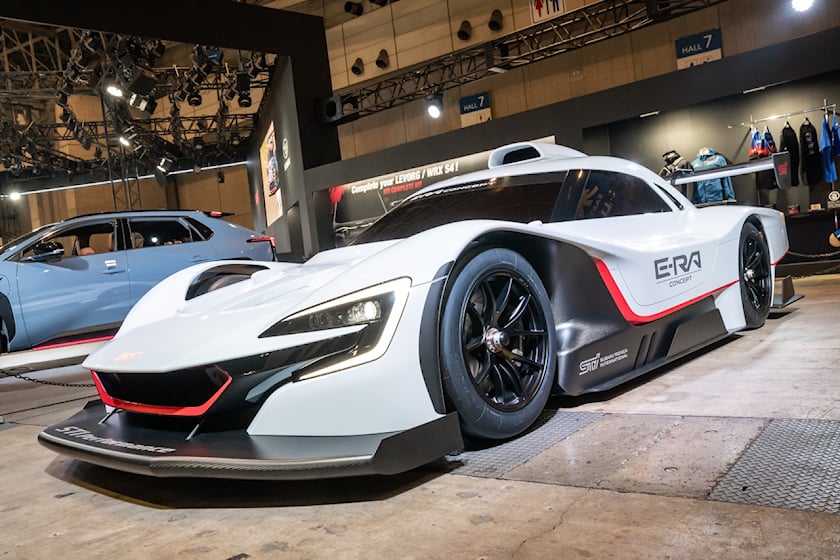
Another example of Yamaha getting involved in the creation of electric engines is their Moto Business Service India (MBSI), a shared utility platform of Yamaha Motor – the section of Yamaha that deals in the creation of engines and, more recently, electric motors. The managing director of MBSI, Shoji Shiraishi, said that Yamaha entered into the partnership with India because India is seeing rapid growth in electric vehicles.
As evident with the Subaru STI E-RA, Yamaha seeks to push boundaries and truly see what is possible. Rumors are that Yamaha is seeking a supercar partner to further develop the quad motor design using torque vectoring technology. If they can find a supercar manufacturer to partner with, then we would be talking about another car that compares to the Rimac. Arguably the most significant electric vehicle on the market.


